PlanetScale
Building the future of serverless databases.
PlanetScale offers a MySQL-compatible serverless database platform that is built to scale. The PlanetScale website is a Next.js app built using Tailwind CSS.

Section featuring Vitess, the open-source database that PlanetScale is built on, with a logo cloud of companies using it.

Feature section highlighting some of PlanetScale's command-line features.



The PlanetScale website experience on mobile devices.

The PlanetScale documentation website is also built with Tailwind CSS.

A slider of testimonials featured on the homepage.



